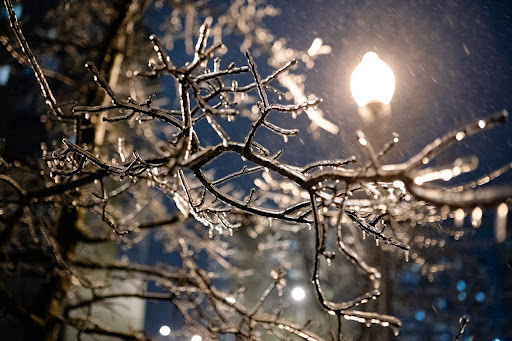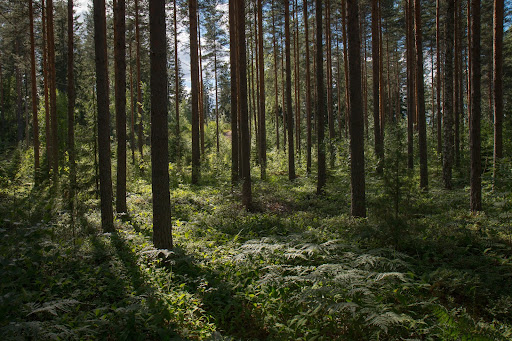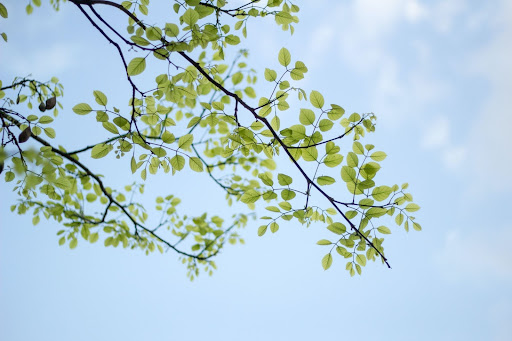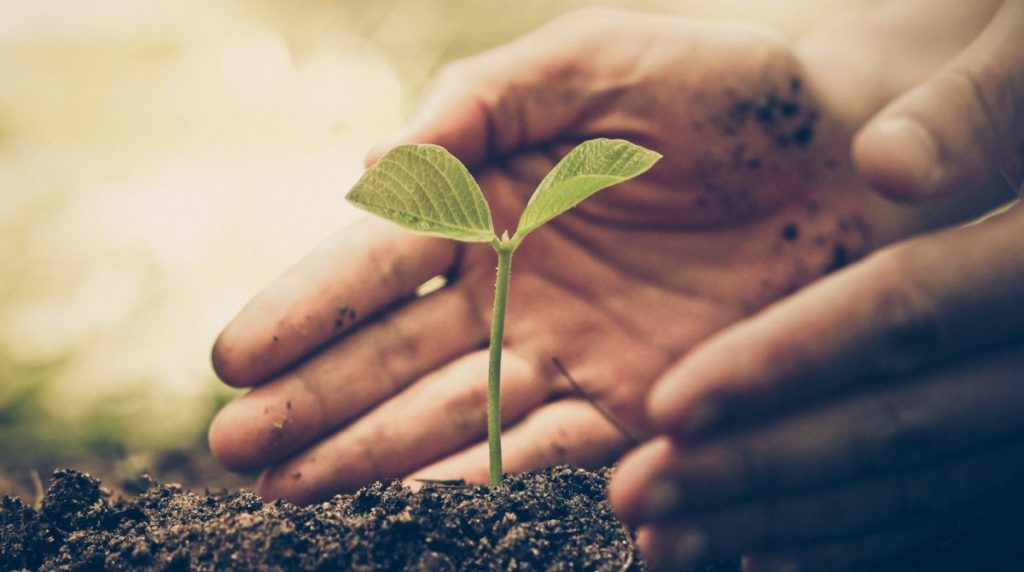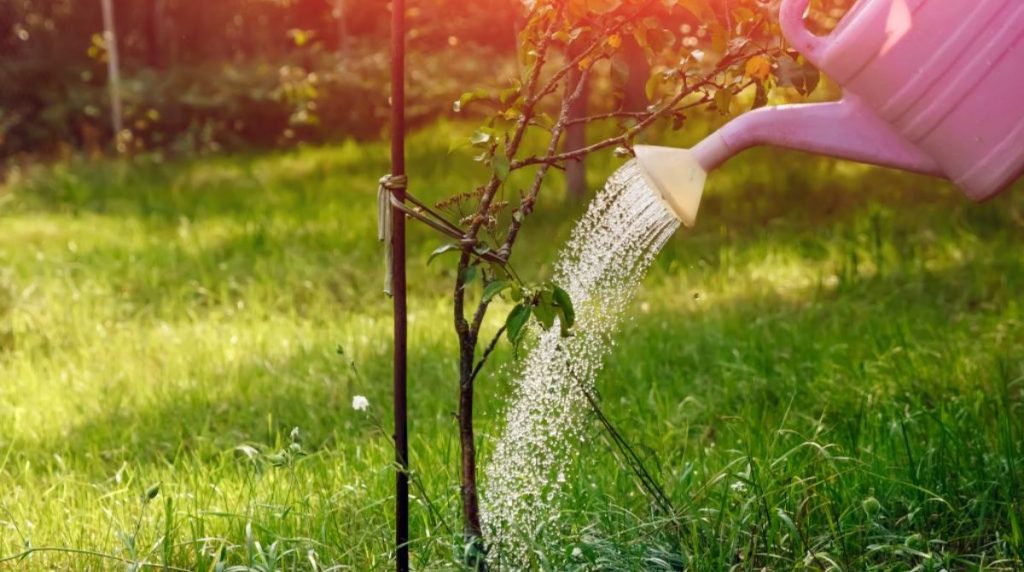
Date June 15, 2022
Category
It’s the middle of summer, and you are out watering your plants like you do every day. But today, something seems different. One of your trees is looking a little bit…soggy. You take a closer look and realize that it has been overwatered! If this has ever happened to you, don’t worry – you can fix it. In this comprehensive guide, we will teach you how to rescue an overwatered tree. We will also provide some tree watering tips on how to prevent this from happening in the future.
What Happens When a Tree Is Overwatered?
When a tree is overwatered, the roots suffocate, and the tree cannot take in the oxygen it needs to survive. The leaves will start to droop and turn yellow, and eventually, the tree will die. If you think your tree has been overwatered, it is important to act quickly. The sooner you address the problem, the better the chances are that your tree will recover.
How to Know If Your Tree Is Overwatered
If you think your tree has been overwatered, the first thing you should do is check the soil. Is it soggy or wet? If so, then you will need to take action immediately. The longer the roots are submerged in water, the more damage they will sustain. To rescue your tree, you will need to allow the pot or soil to dry down.
If you are not sure whether or not your tree has been overwatered, there are a few other signs to look for. For example, leaves that are yellow or wilted can be a sign of too much water. You should also check for any fungal growths around the base of the tree. These are often indicative of overwatering as well.
How to Fix Overwatered Plants
Once you have determined that your tree has been overwatered, it is time to take action. There are a few steps you can take to rescue an overwatered tree.
Reduce Water Supply
First, you will need to reduce the amount of water the tree is getting. If you are watering with a sprinkler system, turn it off for a few days and let the roots dry out. If you are watering by hand, cut back on how often you are watering. You should also check to see if the tree is getting water from other sources, like a leaky hose or irrigation system. Once you have reduced the amount of water the tree is getting, start giving it deep waterings less often. This will help the roots grow deep and strong, and it will also prevent them from getting overwatered again in the future.
Relocate the Tree
If you have a tree that doesn’t tolerate poor drainage that is planted in a wet area, you can also move the tree from its current location. If it is in a pot, take it out and set it on a surface where it can drain. If it is in the ground, you will need to dig it up and replant it in a new location. Be sure to choose an area that has well-draining soil.
Once you have relocated your tree, it is important to monitor its watering schedule closely. Water your tree only when the soil is dry – not before. And be sure to check the drainage regularly to ensure that the water is not pooling around the roots.
Other Options
If replanting your tree is not an option, there are a few other things you can do to help it recover. For example, you can try aerating the roots. This will help encourage new growth and allow the tree to absorb water more efficiently. You can also amend the soil with some organic matter, which will improve drainage and help the roots access oxygen.
TreeNewal
If you are not sure how to reduce the amount of water your tree is getting, or if you think it is too late to save your tree, contact a TreeNewal Certified Arborist. We can help you assess the situation and develop a plan to rescue your tree.
Tree Watering Tips for Prevention
The best way to prevent overwatering is to be proactive about it. First, make sure you are using the right type of pot or container for your tree. If possible, choose a pot with drainage holes in the bottom. This will help excess water to escape and prevent the roots from sitting in the water.
It is also important to choose the right type of soil. A good potting mix will help to hold moisture without becoming soggy. If you are not sure which type of soil to use, ask a nursery or gardening center for advice.
Finally, be sure to water your tree only when necessary. The frequency will depend on the type of tree and the climate you live in. Keep in mind that it is still important to water your trees deeply but less often. Deep waterings encourage roots to grow deep into the soil, which makes them more drought resistant. They also help prevent the tree from getting too much water at once, which can lead to overwatering. When you water your tree, make sure to do it early in the day so less water is lost to evaporation.
In general, most trees need to be watered about once a week. But during hot, dry periods like summertime in North Texas, you may need to water them more often.
Pro Tip: Take a look at our recent post, How to Care for Heat-Stressed Trees, for all the info your yard needs this summer.
If you follow these tips, you can help to prevent overwatering your trees. And if it does happen, you now know how to fix it! Just remember to be patient – it may take a little time for your tree to recover. But with the right care, it will be back to its old self in no time.
If you need advice or assistance with keeping your trees thriving through the summer, get in touch with the ISA Certified Arborists at TreeNewal and enjoy tailored tree care advice.
To learn more about How to Rescue an Overwatered Tree: A Comprehensive Guide, call our Argyle and Southlake-based teams
at (817) 592-6846 or send us a message.
We’re a little different than the average tree services company.
Learn more about TreeNewal’s ISA Certified Arborists!
Our Dallas/Fort Worth-based tree doctors can explain how sustainable tree care services add more value to your bottom line.
Healthy trees, healthy lives.
